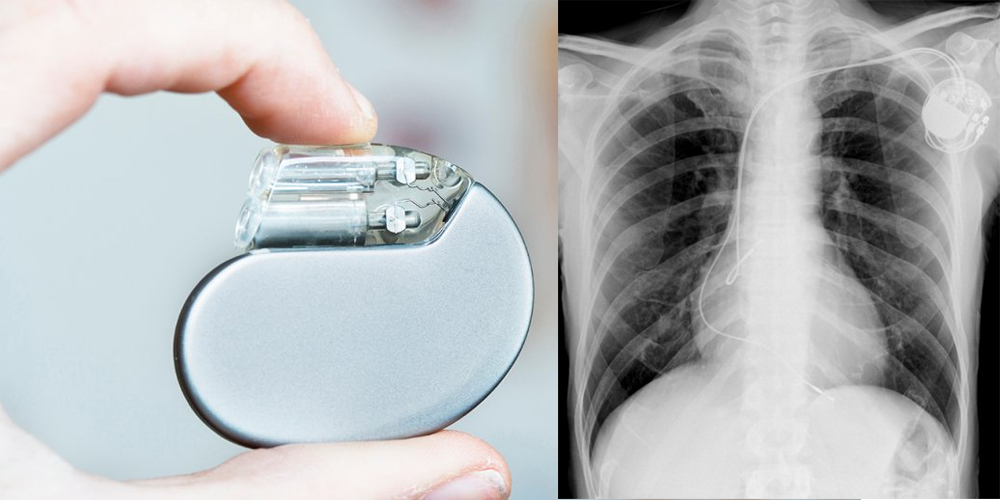A pacemaker can be defined as a small battery-powered device, that is implanted beneath the skin’s surface to help regulate one’s heartbeat. This is commonly used in those patients having irregularities in their heartbeat (especially a slow rhythm). A pacemaker consists of two major parts – the pulse generator, and the leads. The pulse generator is that part of the device that consists of the electric circuitry needed to generate the impulses. The leads, similar to electric wires, help connect the pulse generator to the different chambers of the heart that the impulses are to be sent to.
An implantable cardioverter-defibrillator (ICD) is a battery-powered device that is implanted into the chest to help detect and stop signs of arrhythmia. Like a pacemaker, an ICD is surgically implanted into the chest, and is often used in those patients with irregularities in heartbeat. However, an ICD is used in cases of fast heart rhythms, unlike a pacemaker.
FAQ
- How long will the battery last?
- The pacemaker battery typically last 8 to 10 years and the ICD around 6 years depending on usage. Replacing the battery is a relatively straightforward procedure that takes less than half an hour.
- Am I allowed to have MRI if I have a pacemaker?
- Modern pacemaker and ICD are MRI compatible.
- Can I travel overseas and what happen during the security scan at the airport?
- Millions of people with implanted devices travel every year. You will be given a device implantation card so that you can show the airport security officer at the immigration.







